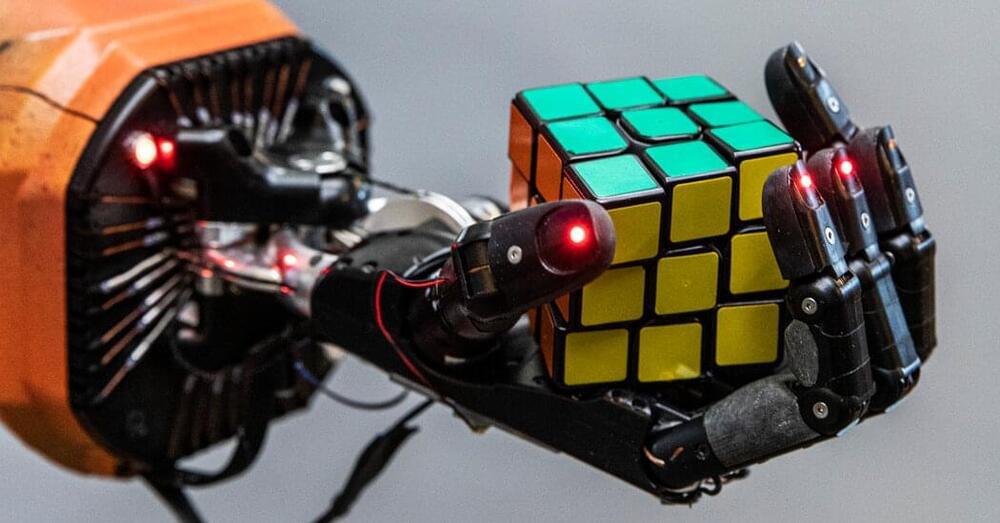An inquiry into the eternal enchantment of why the world exists.




Introduction.
The GPT-4 language model is a remarkable AI technology that can generate human-like text.
While it lacks certain human psychological factors, such as individuation and the Jungian Shadow, GPT-4 demonstrates a fascinating awareness of archetypes and their role in shaping human behavior.
This article delves into GPT-4’s understanding of Jungian psychology and explores the implications of archetypes as a language-space phenomenon.

Trained across security and networking disciplines and armed with trillions of data signals, Security Copilot dramatically increases the reach, speed and effectiveness of any security team
REDMOND, Wash. — March 28, 2023 — Microsoft Corp. on Tuesday announced it is bringing the next generation of AI to cybersecurity with the launch of Microsoft Security Copilot, giving defenders a much-needed tool to quickly detect and respond to threats and better understand the threat landscape overall. Security Copilot will combine Microsoft’s vast threat intelligence footprint with industry-leading expertise to augment the work of security professionals through an easy-to-use AI assistant.
“Today the odds remain stacked against cybersecurity professionals. Too often, they fight an asymmetric battle against relentless and sophisticated attackers,” said Vasu Jakkal, corporate vice president, Microsoft Security. “With Security Copilot, we are shifting the balance of power into our favor. Security Copilot is the first and only generative AI security product enabling defenders to move at the speed and scale of AI.”

Among the many unique experiences of reporting on A.I. is this: In a young industry flooded with hype and money, person after person tells me that they are desperate to be regulated, even if it slows them down. In fact, especially if it slows them down.
What they tell me is obvious to anyone watching. Competition is forcing them to go too fast and cut too many corners. This technology is too important to be left to a race between Microsoft, Google, Meta and a few other firms. But no one company can slow down to a safe pace without risking irrelevancy. That’s where the government comes in — or so they hope.
A place to start is with the frameworks policymakers have already put forward to govern A.I. The two major proposals, at least in the West, are the “Blueprint for an A.I. Bill of Rights,” which the White House put forward in 2022, and the Artificial Intelligence Act, which the European Commission proposed in 2021. Then, last week, China released its latest regulatory approach.




The pandemic also helped by normalizing remote work.
A new report by Vice.
“That’s the only reason I got my job this year,” one worker referred to only as Ben said of OpenAI’s tool.
Fulltimetraveller/iStock.
Artificial-intelligence tools can enable remote workers to not just more than one job, but to do them with time left to spare. Vice spoke anonymously to various workers holding down two to four full-time jobs with help from these tools and they all were in agreement that it is an ideal way to increase one’s income.
